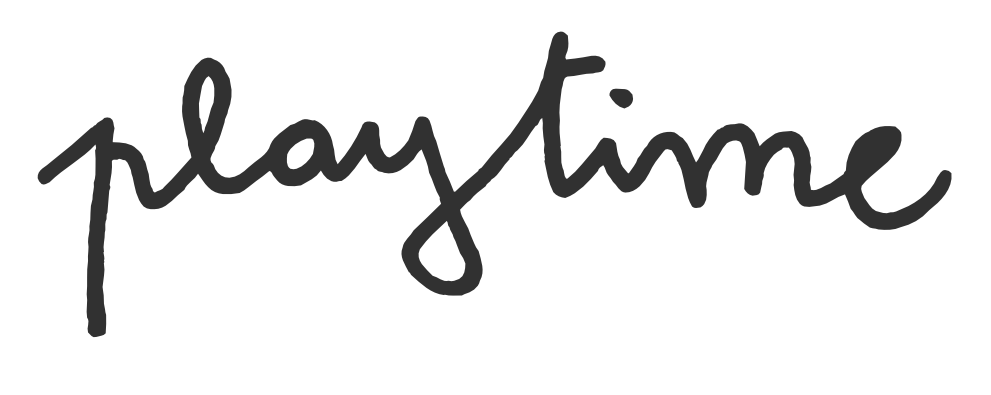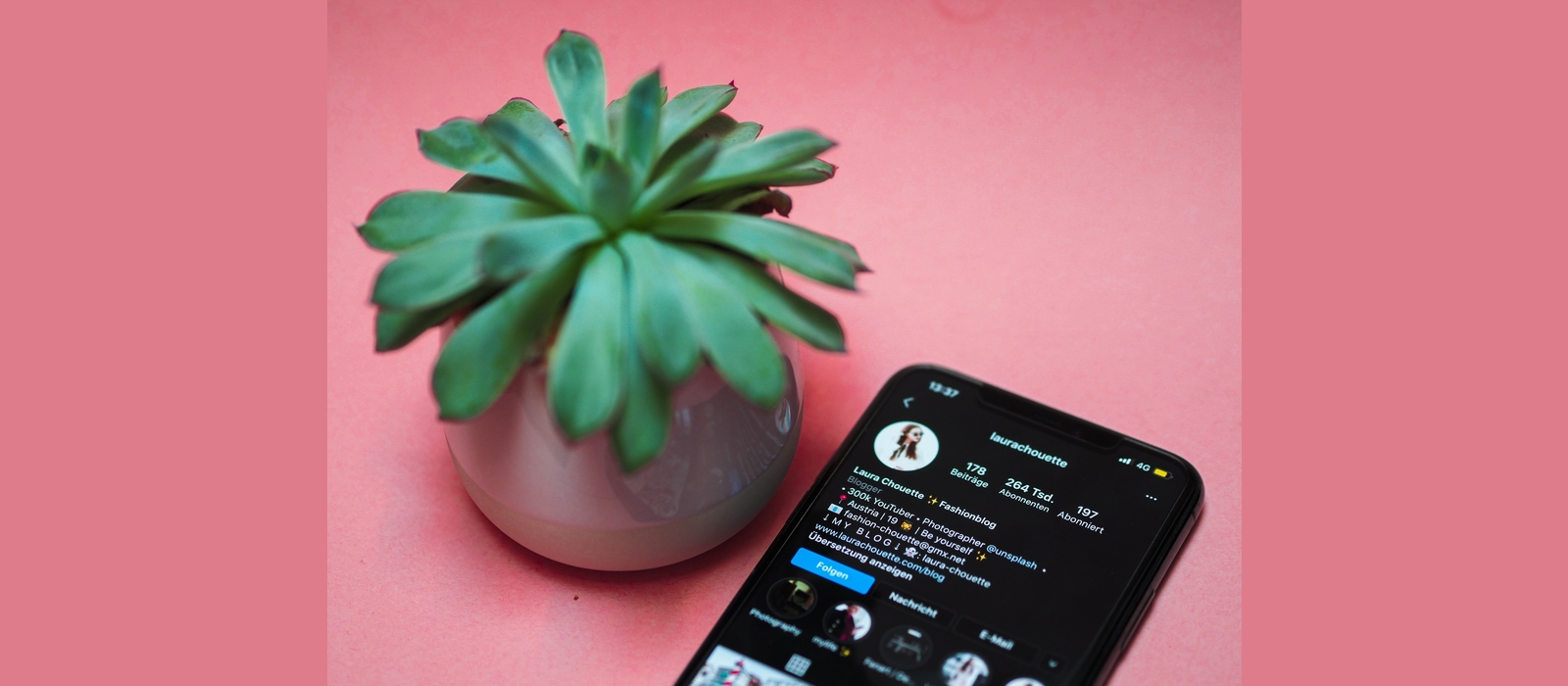Online and offline advertising, the best tips by Sissi World
This week Paola from Sissi World provide us the best practices for your social media advertising and how to select your media partners.
You have a great brand and your shop is really cool, you have a wonderful website: now it’s time to reach new customers and sell your beautiful selection!
You can do social media advertising investing some money on Facebook/Instagram adv and/or working with bloggers/influencers/web magazines/online press: in any case you have to set your advertising campaign at the best in order to optimize your results!
Social media advertising for Facebook and Instagram
First of all you have to activate Business Manager (or BM) that is Facebook adv management system, a large binder in which various entities can be found (page, pixel, advertising accounts, payment methods, audience, etc.).
Define your Facebook/Instagram Ads goals
When we start creating a new adv campaign, the first thing Facebook asks us is: what is your goal? It may seem like an obvious question but it isn't. In fact, the success of a marketing strategy largely depends on the choice of objectives. They must be clear, realistic and measurable (and this is important also when working with bloggers/influencers/online magazines!)
Let's see together what are the main goals on Facebook and how to choose them:
Coverage: the ad will be shown to the maximum number of people and is particularly useful if you have to work with small audiences and want everyone to view the ad (it can be useful if you are a new brand or a new shop and want people to know that you exist!);
Traffic: the ad will direct users outside Facebook, usually on a website with a link, and is useful when you want to promote content or bring potential customers to a landing page (if you want to show a single product or a category on your web, this can be the right option);
Interaction: used to create interactions with your post or page (comments, shares, likes, etc.) and is useful when you have a post with already satisfactory engagement and you want to promote it more or show it to a new audience;
Conversions: used to bring a user to your site to make him perform a certain action and is useful when you want to obtain, for example, filling out a form, purchasing a product, registering for an event, etc.
Choose your target: who will see the ads?
Once you have clear your goal, you can also define the audience to reach. In the case of Facebook ads, users can be selected for: places, age, genre, languages, interests.
It is important to distinguish between cold audiences (people who have not yet interacted with your brand) and hot audiences (people who have already interacted and/or performed actions on your website).
If your purpose is to make your brand known, for example, it makes no sense to do it with a hot audience; while if you want to convince a user to buy a product, you will hardly be able to do so with a cold audience.
When the public is cold, it is necessary to interact with users step by step, starting from a first phase of brand awareness and arriving only at the end of the conversion. In this path it is important not to forget that organic posts also play an important role in the trust that a user will place in the brand.
Creativity: what to show to potential customers?
So far we've talked about how and who, but what exactly do you want to show to your potential customers?
The creativity you are going to choose for your ad must first and foremost be consistent with the set goal but also - and above all - with your audience.
If you want to talk to someone who doesn't know your brand, you first need to introduce yourself, make it clear who you are and how you can respond to their wishes.
For example, if I am referring to an audience of women under 30, I will choose different images or copy (ad text) than those I would use for an audience of men over 50.
Before publishing your ad, check that the image or video stands out in the news section and that the language you use is appropriate for the chosen audience.
How much? Costs of advertising on Fb/Ig
The good news is that the choice is entirely yours: you set your budget!
Remember that it is still an investment and not an expense because it has a measurable return. Consequently, as often happens, the greater the investment, the better the results obtained.
To give you a very simple example: if the average cost to bring a user to buy on your site were € 5, investing € 10 would have a maximum of 2 potential purchases. If your investment were instead of € 20, the purchases could be 4.
The budget must therefore be commensurate with the objective and target we have previously chosen.
Unfortunately, the functioning of Facebook is not so mathematical and that is why every campaign after being planned and after its "trial period" needs to be analyzed and optimized.
Working with online and off-line media
Rememeber that when you invest your money on advertising as marketing strategy, your objectives must be clear, realistic and measurable: this is really important and true when working with media partners (influencers/bloggers/web magazines/online press).
When choosing a media partner you are normally looking for two objectives: brand awareness (to be known by people, showing your brand/shop with beautiful images and creative content) and sales (you can have the most beautiful images in the world, people can know you but to survive as enterprise you have to SELL!)
Media partners can be focused on the first or on the second aspect but you can also find partners doing both through something called storytelling (and trackable links!).
How to select media partners
These are some aspect to consider when selecting a media partner:
consistency of themes and values: look for a partner who deals with topics in line with your product and who reflects its values.
numbers are useful, but they are not decisive: do not bet only on those who have million-numbers because they will ask you for a higher investment and it may not necessarily bring you the result you are looking for.
check that the followers are authentic and not deriving from fraudulent acquisition techniques.
go beyond the number of followers, try to understand the engagement or the "relationship" rate that the influencer has established with his audience: what kind of comments? Are they spontaneous or forced? Does he respond to comments? In a polite way? In a way consistent with the theme?
Always ask for Instagram insights and for Google Analytics access!
in addition to the person, choose the channel: remember that a photo in Instagram lasts some hours and it losts reach as time passes by, a Instagram Story last 24 hours, while editorials/reviews/sponsored articles on blogs and web magazines last forever and (if they have a good SEO strategy) it acquires value as time passes (it will be ranking in first pages of Google search, possibly!)
think well about what you need: if you need to promote your site, focus more on bloggers in your sector, established and with excellent traffic: it will bring you results in the long term. If you need to promote a flash sale, focus on Instagram or Facebook;
always ask what the transparency policy is: avoid asking to promote yourself for a fee without declaring it: it is a crime and whoever accepts is not a professional who brings you results;
do not ask for exclusivity if you cannot pay for it, but check that the partner is not too "stuffed" with advertising in general, and with your competitors in particular;
choose a professional: focus on people who do this job full time, who can help you create something of value. Be happy if they don't agree to publish the words you want: it means they are adding value.
How to track the results of your media partners
When you invest your money in advertising in a media partner you have your right to track the results: how many people read that editorial? How many people click on that link that bring to your brand’s webpage? How many people bought from that partner in your eshop?
Tracking and monitoring is not only useful in order to evaluate the result of collaboration with your media partner but it’s also really useful to understand if your efforts are going in the right way!
Trackable links: when you give a link to your products/website be sure you can track it.
- They help you track the value of social marketing programs and campaigns.
- They provide precise data about where traffic and conversions come from.
- They allow you to test individual posts head-to-head in classic A/B testing style.
In order to create trackable links, you can use many links shortner like ow.ly, bit.ly, tinyurl, clickmeter, cutt.ly
They are really useful as you can track how many clicks each individual link receives: you can actually understand if the collaborations with your partner was interesting for your audience or not.
You can track: total clicks, broken down by days, referrers (where the clicks come from, for example from Facebook or from the website of the media or from Instagram Story’s swipe up), geo-location (where the people who clicked the link come from).
All for free: just logging-in!















